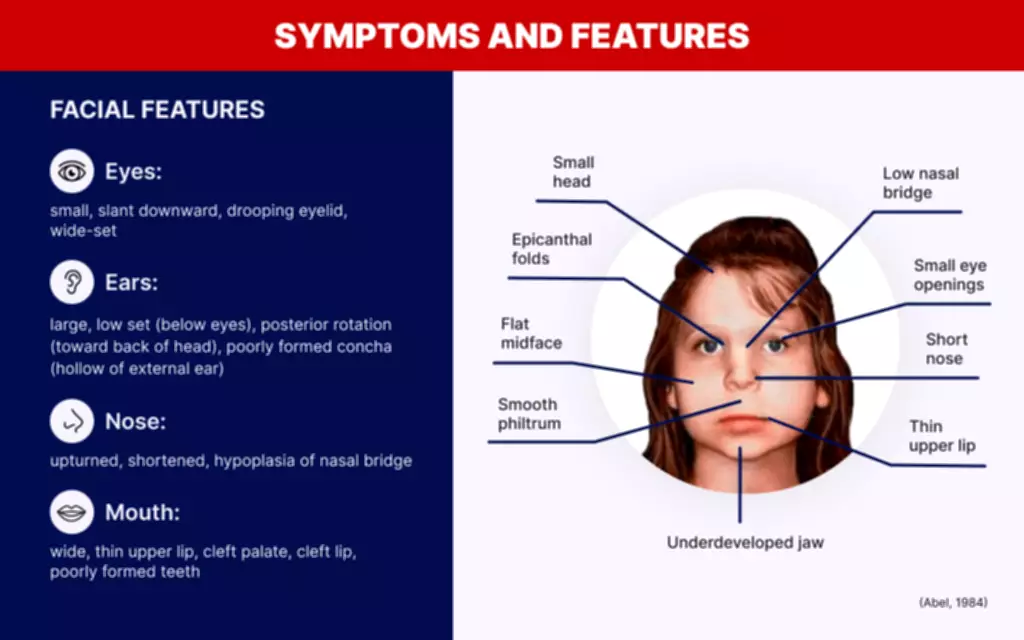Halfway Houses How They Can Help People in Recovery

Facilities support this through job training, resume help, and employer connections. While halfway houses are utilized in the criminal justice system, they are not only for former prisoners. Communities’ typical concerns about halfway houses usually stem from a fear of disruptive behavior, lowered property values, excess noise, or additional traffic. However, research shows that halfway houses do not disrupt their communities and have little impact.
The Oxford House Model provides a community based, supportive, and sober living environment.

Therapy sessions are individualized or group-based, focusing on coping strategies, emotional regulation, and cognitive-behavioral techniques to help residents manage their mental health alongside their recovery. Support groups provide a safe space for individuals to share experiences and gain encouragement from peers, promoting a sense of community and belonging. Halfway houses promote independence by encouraging personal responsibility and accountability. Residents must follow the rules, contribute to the household, and engage in work, education, or volunteering.
Indiana Medical Detox Center
This allows them time to look for work or enrol in an educational programme and establish a routine. They can use the services available to them to find a suitable location to live once they have established. A halfway home is a sort of supportive accommodation for those who are trying to get clean.
Oxford House – Tarpon Point
- This awareness can help individuals make informed decisions and avoid situations that might lead to exposure.
- Halfway houses employ strategies to facilitate social reintegration effectively.
- In some cases, residents may be given the opportunity to address and amend issues before more serious consequences are imposed.
- Individuals who remain here will have significantly more liberty than they had in treatment, but they will be required to act in a certain way while they are enrolled in the Halfway house.
For those seeking addiction treatment for themselves or a loved one, our calls are confidential and are available for 24/7 help. AddictionResource aims to present the most accurate, trustworthy, and up-to-date medical content to our readers. Our team does their best for our readers to help them stay informed about vital healthcare decisions.
- We also maintain close connections with reputable detox centers and sober living programs in Orange County and much of Southern California.
- They may employ medication, therapy, and other holistic forms of treatment to find the root of the addiction and bring healing on all levels.
- He first started working as an intake counselor at a drug rehabilitation center in 2005.
- Research also shows that sober living homes can provide a structure for living that supports and motivates residents to remain free from alcohol and drugs and achieve emotional sobriety, one day at a time.
- Halfway houses provide a supportive environment that encourages long-term recovery and reduces the likelihood of relapse.
Individuals with Substance Abuse Disorders
Oxford Houses were established in 1975 to provide a community-based recovery environment for individuals seeking sobriety from drug and alcohol addiction. Halfway houses are typically more regulated than other forms of transitional alcoholism symptoms housing. They may fall under state or federal oversight, depending on their primary function (i.e., serving parolees or individuals with substance use disorders). Residents of a halfway house may be encouraged or required to work or attend school as part of their transition back into society. This may include job training or assistance with finding employment, as well as support for educational pursuits such as GED preparation or college courses. Many people transition into sober living after finishing a residential program to continue their recovery journey in an outpatient setting.

How Long Can You Stay in a Halfway House?
- Unlike inpatient treatment facilities, halfway houses allow the residents to come and go as they please during certain hours.
- Another study found that those who stayed in sober living homes for at least six months had lower relapse rates than those who returned to unstable environments.
- Understanding these differences can help you determine which option might be best suited to your needs or those of a loved one.
- Let’s explore the common guidelines that make halfway house living effective in helping residents transition back into society.
But together we have learned to manage and maintain the house and interact as a family. Generally an individual comes into an Oxford House following a 28-day rehabilitation program or at least a 5 to 10 day detoxification program. Each house adheres to the absolute requirement that any member who returns to using alcohol or drugs must be immediately expelled. Living in a sober living home can be challenging but if the rules are followed, the outcomes are rewarding. Some are government-sponsored, while others are not (mainly mental illness homes and addiction recovery homes). The Substance Abuse and Mental Health Services Administration (SAMHSA) study found that residents who stay six months or longer reduce their risk of relapse by 50% compared to those with shorter stays.
Support our Cause

Surrounding yourself with individuals who understand your struggles and provide encouragement is essential. A positive atmosphere can motivate you to stay committed to your sobriety goals. When searching for a suitable halfway house, consider the proximity to support services and resources. Ensure it is close to essential facilities like hospitals and counseling centers. You can expect ongoing support as you work toward achieving your personal recovery milestones. Whether it’s overcoming addiction or reintegrating into society, the halfway house environment is conducive to progress, as residents are encouraged to work toward self-improvement goals.
Different Types of Transitional Housing in Recovery

The rules in a halfway house include mandatory sobriety, curfews, participation in counseling or recovery programs, and regular drug testing to ensure a structured and supportive environment. Structured schedules ensure that residents engage in daily responsibilities, counseling sessions, and employment or educational pursuits, helping them regain independence in a supportive environment. Support groups provide a network of peers in recovery, fostering mutual encouragement and shared accountability. Life skills training equips residents with what is a halfway house for drug addicts important skills such as financial management, job readiness, and healthy communication, promoting long-term success in independent living.
